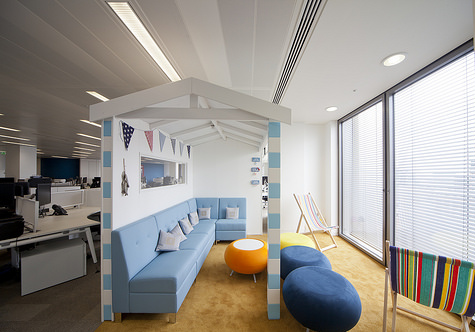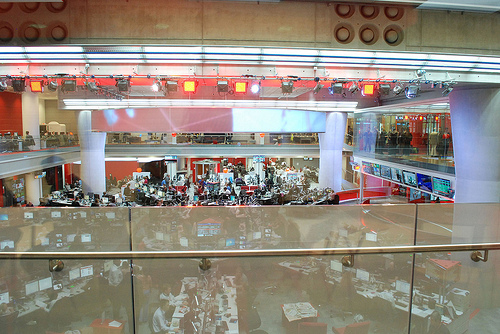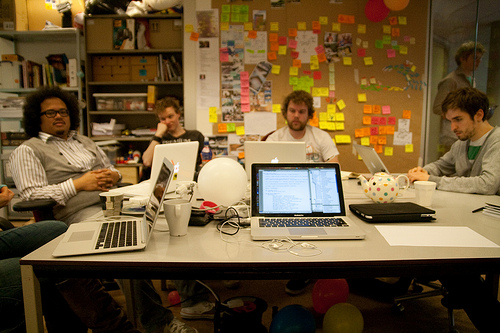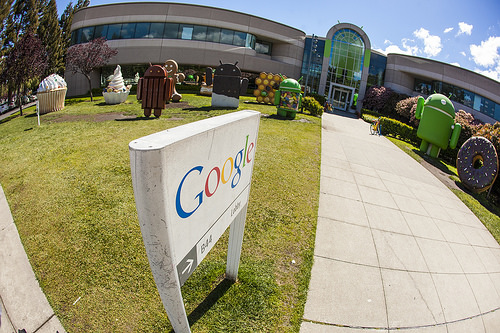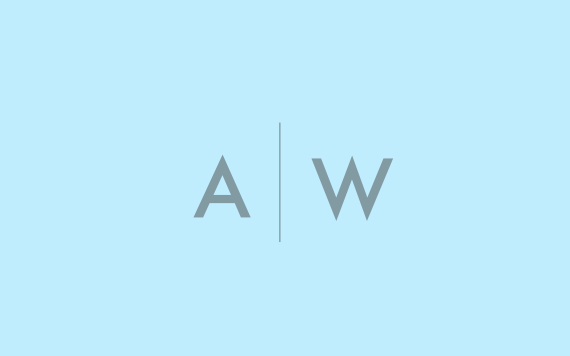When you imagine the office of the future, what do you see? Meetings with holographic clients? Workstations that can be converted into sound proof pods at the click of a button? Or even thought-controlled computers?
OK, so these Star Trek-like inventions might be a long way off. However, there are a number of developments occurring in office design, which are likely to change the way you work in the not too distant future.
From increased flexibility to co-working, here are some of the most influential changes.
Flexible working spaces
Caption: Inside the BBC’s London headquarters, which has only 3,500 workstations for the 5,600 staff
In the past, it was believed that the longer employee’s spent at their individual desks the more productive they would be. However, in recent years this fixed view of workplace design has begun to change, with a move towards more open spaces, which foster informality, flexibility and an interactive group dynamic.
Originally favoured by start-ups, the flexible work-place model has been adopted by large corporations, who recognise that the ease with which it allows workers to collaborate is highly beneficial – particularly in creative industries.
For example, the BBC’s new Broadcasting House headquarters in central London features common areas with communal booths, where staff can have chance meetings, whilst at the Samsung headquarters outdoor spaces are strategically placed between floors to encourage sales people and engineers to mingle.
“The most creative ideas aren’t going to come while sitting in front of your monitor,” says Scott Birnbaum, a vice president of Samsung Semiconductor. The building “is really designed to spark not just collaboration but that innovation you see when people collide.”
Some companies are taking the idea of collaborative working even further – a trend helped by the fact that mobile technology has untethered employees from their desks, allowing them to work anywhere, anytime. The new BBC offices are a prime example, with only 3,500 workstations for 5,600 staff – the idea is that mobility and shift patterns will allow for sharing and ‘positive’ crowding.
Co-working facilities
Caption: A co-working office
Many industry experts believe that the increasing flexibility of the office will ultimately lead to more co-working facilities. These club-like membership spaces can be shared by a variety of businesses, and result in employees working side-by-side with people from different companies.
Sound like madness? A survey reported in the Harvard Business Review would suggest not – it found that by 2014, 72% of co-working participants were forecasting an increase in their income.
Breakdown of barriers
Caption: The Android Garden at Google’s Mountain View headquarters.
The move towards a more flexible working environment is also resulting in a breakdown in barriers, not only in the function of areas but also between work and home life and within staff hierarchies.
“When people work longer hours, you need to escape from work at work and also do different kinds of work in different places,” said Simon Allford, a director of architects Allford Hall Monaghan Morris.
This need for flexibility has resulted in offices that not only offer workers a choice of how to work, but also offer them the kind of leisure time and amenities that they might find at home. Take Google’s global Mountain View headquarters, for example, which offers staff everything from onsite gyms to onsite doctors.
Staff hierarchies are also being affected – whereas increased status was once reflected by being removed to a coveted private office, more and more executives are choosing to mingle with employees in an open plan environment.
Catering for generation Z
The move towards greater flexibility in the workplace is likely to continue into the near future – or at least until the fun loving “Generation Y”, who it caters for, retire. However, what will happen when “Generation Z” enters the workplace? Will offices continue to be dominated by play spaces, coffee shops and furniture that wouldn’t be out of place in a living room?
Dr Michael O’Neill, senior research strategist at Haworth predicts that the offices of “Generation Z” will be very different, with a move towards ‘legibility’ of space. This means that work areas will have layouts that are easy to understand and navigate, and which have obvious intended uses.
The change will reflect the different values of Gen-Z to Gen-Y – whilst Gen-Y’s preferred work style is collaborative and motivated by a need for social connection, Gen-Z highly value order and predictability.
Another characteristic of Gen-Z is that they are almost permanently distracted, constantly flicking between different forms of technology. It is therefore possible that they simply wouldn’t be able to cope with the stimulation of a flexible, Gen-Y office.
Increased focus on health
Aside from the benefits that office design can have for productivity and creativity, many employees are becoming increasingly concerned about the effects that the workplace can have on their health.
With people spending a massive 90% of their time inside buildings, employees are expecting more from their employers when it comes to their environment. In particular, the amount of time we spend sitting at work has raised concern, with research suggesting that it can have serious consequences for our health.
A recent collaboration between Amsterdam-based design studio RAAAF and Barbara Visser produced a futuristic office design, in which craggy peaks allow employees to work in a variety of positions, from standing up to lying down. Whilst it’s difficult to imagine businesses utilising the design in full, it’s an interesting insight into how future offices might become more fitness-friendly.
Caption: Watch RAAAF and Barbara Visser’s design in action.
What do you think the office of the future will be like? Let us know in the comments.
Image one K2 Space
Image two by E.N.K
Image three by illustir
Image four by Anthony Quintano

